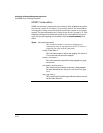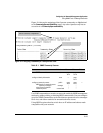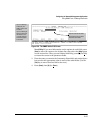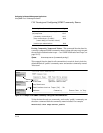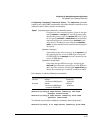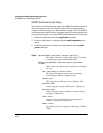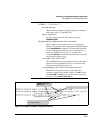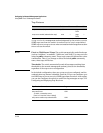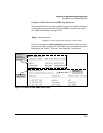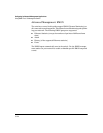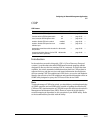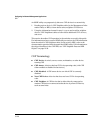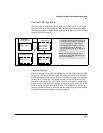
Configuring for Network Management Applications
Using SNMP Tools To Manage the Switch
Trap Features
Feature Default Menu CLI Web
snmp-server host (trap receiver) public — page
13-22
—
snmp-server enable (authentication trap) none — page
13-23
—
A trap receiver is a management station designated by the switch to receive
SNMP traps sent from the switch. An authentication trap is a specialized
SNMP trap sent to trap receivers when an unauthorized management station
tries to access the switch.
Note Fixed or "Well-Known" Traps: The switch automatically sends fixed traps
(such as "coldStart", "warmStart", "linkDown", and "linkUp") to trap receivers
using the public community name. These traps cannot be redirected to other
communities. Thus, if you change or delete the default public community
name, these traps will be lost.
Thresholds: The switch automatically sends all messages resulting from
thresholds to the network management station(s) that set the thresholds,
regardless of the trap receiver configuration.
In the default configuration, there are no trap receivers configured, and the
authentication trap feature is disabled. From the CLI you can configure up to
ten SNMP trap receivers to receive SNMP traps from the switch. As an option,
you can also configure the switch to send Event Log messages as traps. CLI:
Configuring and Displaying Trap Receivers
Trap Receiver Commands Page
show snmp-server 13-21
snmp-server host 13-22
<ip-addr> <community-name>
[none | all | non-info| critical | debug]
snmp-server enable traps authentication 13-22
13-20



